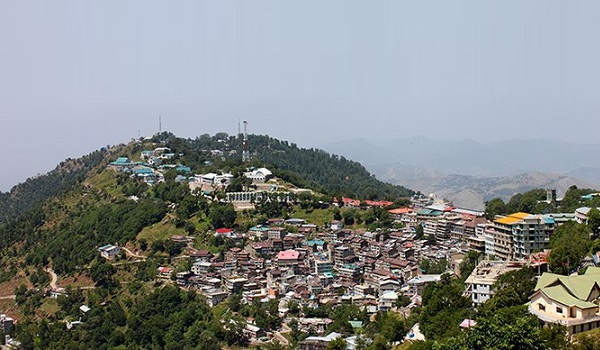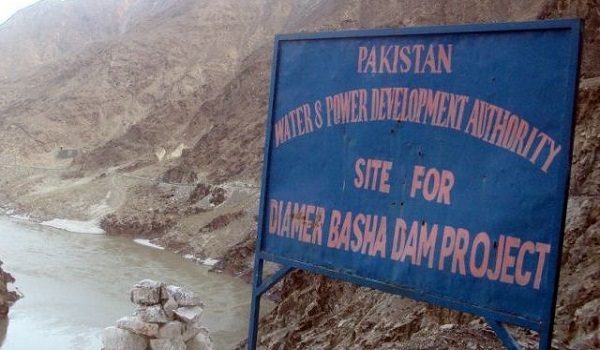Islamabad: Ministry of Energy has tabled three proposals before the Economic Coordination Committee (ECC) and asked the latter to approve one in order to manage gas load-shedding in December, January and February, a news source reported. One of the primary proposals pertained to providing direct subsidy against injection of RLNG volumes for domestic and commercial consumers in winter.
The suggestion could only be implemented if Oil and Gas Regulatory Authority (OGRA) allowed volumetric adjustment and financial impact on cost neutral basis in line with the ECC’s decision dated May 11, 2018.
The second proposal called on the government to provide direct subsidy to Sui Northern Gas Pipeline Limited (SNGPL) against injection of RLNG volumes for use by domestic and commercial consumers based on actual RLNG consumption from December 2018 to February 2019.
The mechanism of subsidy disbursement was to be devised by SNGPL/ Petroleum Division in consultation with Finance Division.
In the absence of injection of RLNG or subsidy, as per the third proposal, SNGPL will manage the load of domestic and commercial consumers through varied level of pressure management during off-peak hours.
SNGPL is already supplying Re-gasified Liquefied Natural Gas (RLNG) to domestic consumers. The gas costs more than the system gas, according to a notification issued by OGRA.
SNGPL is providing RLNG of 200-300mmcfd at USD 12.72 per million British thermal units (mmbtu) to domestic consumers in Punjab to meet the gas shortfall. The tariff varies from month to month as it is based on an average cargo price of the previous month.
The regulatory authority (OGRA) has set the RLNG price for SNGPL consumers at USD 12.72 per mmbtu and for Sui Southern Gas Company (SSGC) consumers at USD 13.15 per mmbtu for the month of November.
OGRA maintained in its annual report that the country’s gas shortage would reach four billion cubic feet per day due to an average addition of 300,000 gas consumers per day. The figure would surpass 6.6 billion cubic feet per day by 2030.
The regulator attributed this rise in demand and consumption of system gas by residential and domestic consumers to price differential vis-à-vis other competing fuels – LPG, firewood and coal.
The system gas availability for Punjab and KP stands at 1.4 billion cubic feet per day (bcfd), out of which Punjab has 750-800 mmcfd gas available whereas its demand in winter season stands at 1.2 bcfd which is being met through RLNG.
According to the latest data, RLNG of 1.1 bcfd is being imported, out of which 300 mmcfd is being given to industry, 50 mmcfd to CNG and almost 450 mmcfd to power sector and the remaining RLNG is being provided to the domestic sector.








